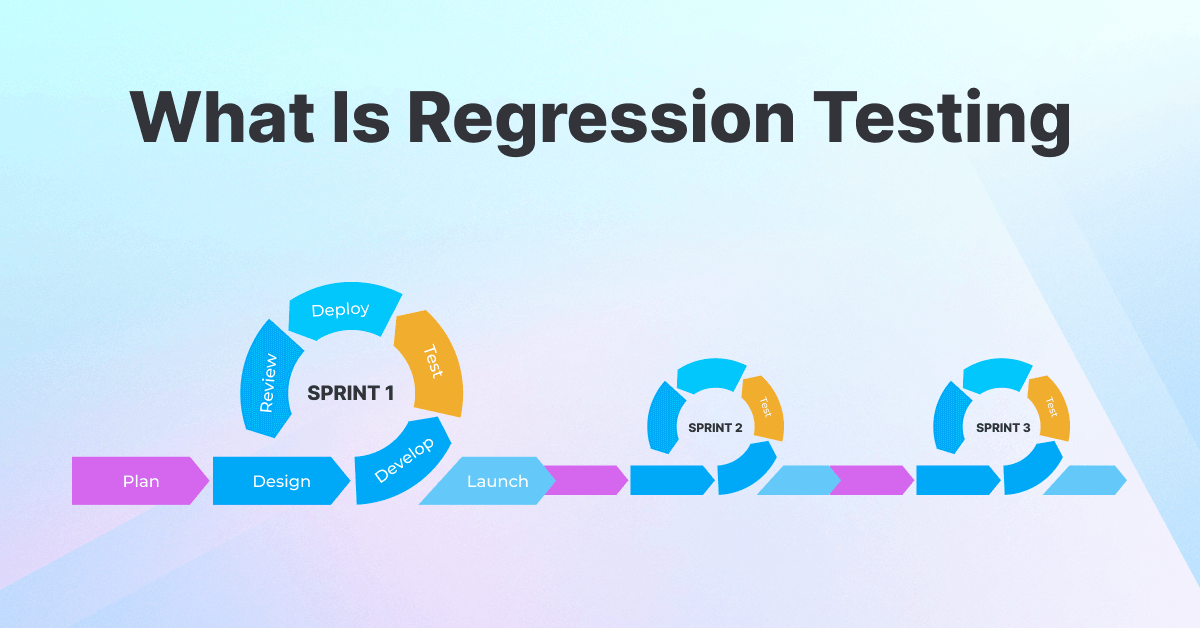Regression testing is a critical component in the field of Quality Assurance (QA), ensuring that recent code changes do not adversely affect the existing functionality of an application. With the continuous evolution of software, maintaining stability and reliability through regression testing becomes indispensable. This guide delves into what regression testing entails, its importance, techniques, and best practices, all while highlighting how Plugg Technologies can enhance your QA processes.
What is Regression Testing?
Regression testing involves re-running previously conducted tests on the software to ensure that recent changes or additions have not negatively impacted the existing features. This type of testing verifies that the software continues to perform correctly after modifications, making it an essential part of maintaining software quality over time.

Why Regression Testing is Essential
Regression testing in QA is vital as it helps detect defects that might have been introduced during new code implementations or updates. Even minor changes in the code can sometimes lead to unexpected issues, and regression testing helps catch these problems early, ensuring that the new code integrates smoothly with the existing functionality.
Another crucial aspect of regression testing is its role in continuously verifying the existing functionality of the application. In the fast-paced world of software development, updates and new features are rolled out frequently. Without rigorous regression testing, there’s a significant risk that these changes could disrupt the application’s performance. By re-running test cases that have previously passed, regression testing ensures that the core functionalities remain intact and perform as expected, regardless of the new changes.
Lastly, regression testing is indispensable for preventing costly errors and ensuring a seamless user experience. When software applications are released with defects, the cost of fixing these issues post-release can be substantial—not just in terms of money, but also in terms of reputation and user trust. Regression testing acts as a safety net, catching potential issues before they reach the end-users. This proactive approach helps maintain high standards of quality and reliability, ultimately leading to greater user satisfaction and loyalty.
Related Post 👉 What is CI/CD (Continuous Integration VS. Continuous Delivery)?
Regression Testing Techniques
Regression testing ensures that new code changes do not introduce defects into existing functionality. Below are three common techniques used in regression testing:
Retest-All Technique
The retest-all technique involves re-running all existing test cases to ensure that no new bugs have been introduced. This comprehensive approach provides a thorough check of the entire system, ensuring that all parts of the application remain functional after any changes. However, this technique can be time-consuming and resource-intensive, making it less practical for larger systems with extensive test suites.
Regression Test Selection
Regression test selection focuses on executing only a subset of test cases that are most likely to be affected by recent changes. This approach is more efficient as it reduces the number of tests run, saving time and resources while still ensuring that the critical areas of the application are tested. By carefully selecting relevant test cases, this technique balances thoroughness with efficiency.
Test Case Prioritization
Test case prioritization is another effective technique, where the most critical test cases are run first to detect major issues early. This method prioritizes test cases based on their importance and the likelihood of detecting significant defects. By addressing the highest-risk areas first, this approach helps ensure that any major issues are identified and resolved quickly, minimizing the potential impact on the overall application.
How to Perform Regression Testing?
Performing regression testing involves several key steps. Initially, it is crucial to detect the source code changes and identify areas impacted by recent modifications. Next, prioritize the impacted areas by focusing on critical features and functionalities. Preparing the test environment is essential to ensure it is stable and ready for testing. Execute the selected test cases to identify any defects, followed by analyzing the results to document and address any issues discovered.

Tools for Regression Testing
Effective regression testing relies on robust tools to ensure comprehensive coverage and efficiency. Below are some of the most widely used tools in regression testing:
Selenium
Selenium is widely used for web application testing due to its flexibility and extensive support. It allows for the automation of browsers and is compatible with multiple programming languages, making it a versatile choice for many developers.
Katalon Studio
Katalon Studio offers a comprehensive solution for automating web, API, and mobile testing. It is user-friendly and integrates well with other tools, providing a complete testing solution for various application types.
JUnit
JUnit is particularly useful for Java applications, providing a reliable framework for unit testing. It supports test automation and helps in the maintenance of code quality, ensuring that new code changes do not introduce bugs into existing functionality.
Best Practices for Regression Testing in QA
To achieve the best results in regression testing, maintaining comprehensive test suites that cover all critical features is crucial. Automating where possible can save time and increase accuracy, ensuring consistent testing outcomes. Regularly updating test cases to reflect new features and changes keeps the testing process relevant and effective. Focusing on high-risk areas first can help detect major issues early. Documenting and analyzing test results thoroughly ensures continuous improvement in the regression testing process.

Conclusion
Regression testing is a vital component of quality assurance, safeguarding the functionality and performance of software applications amidst ongoing changes. By following best practices and utilizing the right tools, businesses can ensure their software remains reliable and effective. Plugg Technologies stands out as a leading provider of QA solutions, offering expert regression testing services to help businesses maintain high software quality standards.


